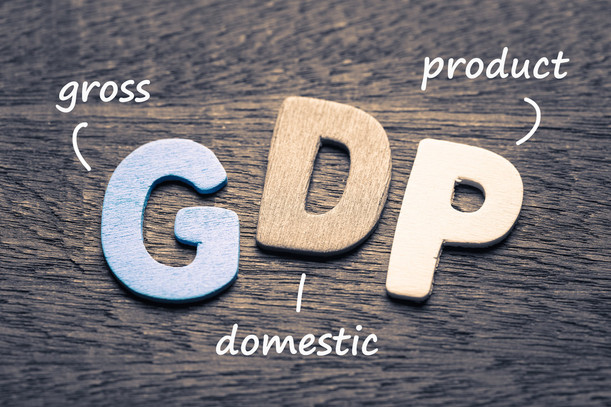Gross Domestic Product or GDP is one of the most important economic data points Forex traders look at in terms of fundamental analysis of currency pairs.
Created by American Nobel Laureate economist and statistician Simon Kuznets, GPD is a way to understand the overall state of any given economy.
Nowadays, GDP calculations can vary from nation to nation. There is no single formula to be used when trying to assess the economic health of a nation. However, the most widely accepted way to measure GDP by economists is the so-called expenditure approach. This system calculates the value of Y (GDP), by adding total consumption (C), investment (I), government spending (G), and net exports (NX) which are total imports minus total exports.
The final equation looks like this: Y= C+I+G+NX
Impact on Forex
Any starting trader might not see a correlation between Forex exchange rates and GDP, but it would be unwise to think there is not one. The GDP data profoundly affects the fundamental value of a currency and subsequently how it behaves in the Forex market. A GDP report that misses expectations will generate a sell-off of the local currency against other currencies in the Forex market. Likewise, a GDP report that surpasses consensus expectations will have the opposite effect on the local currency – sending it higher in currency pairs versus its peers.
However, that is not always the case. GDP data is released by most nations quarterly. Forex traders rarely have the luxury to sit down and wait four months for a data set to come out. That is why GDP proxies are used. Things like PPI, PPP, PMI, and PCI are released monthly and serve as excellent indicators of what would traders see in GDP data.
That also means most of the time once GDP data is released, the currencies will not move as much as initially thought. That is thanks to the expectations for a good or bad report already priced into any given Forex pair. That said, there are still reasons to follow GDP.
Interest rates, inflation, and the central bank
The most important reason to follow GDP relates to how a central bank will respond to that data. Central banks, like the FOMC or the ECB, will make their economic policies based on the state of their economy. For example, the US Fed has an inflationary target policy or growth policy of 2.5% to 3.5%. Consequently, any quarterly report that is outside that boundary will force them to think about raising or lowering the interest rate, which effectively affects the number of greenbacks available in the market as well as its valuation in the Forex market.
Practical tips
How does all this relate?
Simple. Fundamental analysis is tightly linked to economic news releases. There is no more important institution for Forex than a central bank. And GDP data is the cornerstone of understanding what a central bank might do next regarding monetary policy.
So, any fundamental Forex analysis that is worth its salt will always take into consideration GDP data when deciding whether or not to trade a currency pair.





